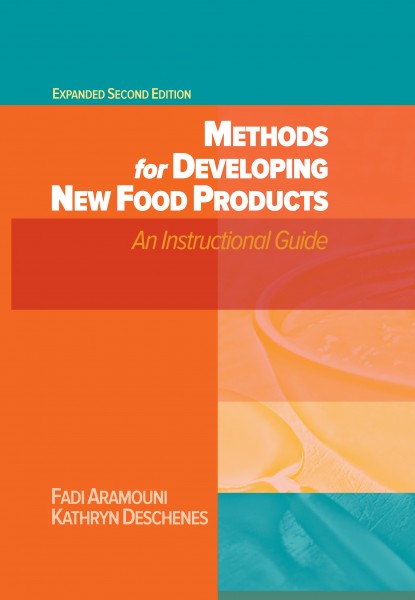The plant decided on a batching/blending system designed by Flexicon (Europe) Ltd. It consists of a pneumatic conveying system that delivers finely milled sugar to a horizontal paddle mixer, as well as two flexible screw conveyors that transport cocoa powders to the same mixer. Burton’s Biscuits ordered the pneumatic system first because of the distance the sugar had to be conveyed.
“Two months later, we ordered the flexible screw conveyors and started producing the chocolate cream and Chocolate Dodger sandwiches,” says Dean Miles, engineering projects manager for Burton’s Biscuits.
A PLC controls the gain-in-weight batching/blending process, in which the cocoa powders, milled sugar, palm oil and liquid chocolate are added in sequence to the mixer. Load cells supporting the mixer transmit weight gain signals to the controller, which starts and stops the conveyors and the mixer, and opens/closes valves, to automatically batch and blend the chocolate cream.
Cocoa powder has a bulk density of approximately 35 lb./cu. ft. and is non-free flowing. The material has a tendency to pack, cake and form deposits on conveying equipment surfaces, particularly if it exposed to moisture since it is also hygroscopic. In addition, it fluidizes readily and generates dust. The flexible screw conveyors move the material consistently while containing any dust.
The chocolate cream recipe calls for 33 lb. of one type of cocoa powder and 55 lb. of another, both of which are manually dumped from 55-lb. bags into a twin floor hopper that keeps each type separate. The twin hopper consists of two narrow hoppers joined at a centerline, from which a hopper lid hinges to cover the opening of one hopper or the other.
A vacuum extraction system connected to both hoppers withdraws any fugitive dust generated by the dumping activities. The hoppers are also equipped with an electromagnetic vibration system that promotes the flow of material into the inlets of the flexible screw conveyors that transport cocoa to the mixer.
Each conveyor consists of a stainless steel flexible screw, housed in a 10-ft. long, 3 1/2-in. O.D. plastic tube inclined at 70°. From the discharge spouts of both conveyors, material flows to a common wye fitting and then through a single downspout that discharges into the mixer.
The screw is driven by a 3hp motor located above the discharge point of the tube, preventing powder from contacting the drive seals. The screw minimizes radial forces and maximizes the longitudinal flow of the material to prevent it from packing. As the flexible screw rotates, it self-centers within the tube, providing clearance between the screw and the tube wall to minimize grinding and the heating/melting of the powder.
The PLC starts and stops the conveyors that move 33 lb. of one cocoa powder and then 55 lb. of the other to the mixer. Each conveyor moves material at the full feed rate of 65 cu. ft./hr., and then steps down to a dribble feed rate before stopping once the mixer attains the accurate target weight.
Unlike cocoa powder, the sugar powder used for the process is free flowing and sourced from a distant plant location, leading Burton’s to specify a Pneumati-Con pneumatic conveying system, also from Flexicon. The plant receives sugar in granulated form, which is milled to a fine powder, and then fed from a hopper through a rotary valve into a 660-ft. long, 3-in. diameter stainless steel pneumatic line.
Powered by a blower located upstream from the sugar intake point, the pneumatic conveyor has a capacity of 4,642 lb./hr. Since the fine powder can readily agglomerate and block the line in the presence of moisture, a key requirement is to keep the sugar warm and dry. This is achieved with a dehumidification system. Miles points out this is especially critical because the pneumatic line contains four 90° elbows and four 30° elbows where plugging would otherwise occur.
A 36-in. diameter filter receiver separates the sugar from the airstream before it enters a 1,100-lb. capacity receiving hopper located above the mixer. Four air-jet fluidizers in the bottom of the hopper promote the flow of material as a rotary valve under PLC control feeds it into the mixer according to weight gain input provided by the mixer’s load cells.
Just before entering the mixer, the sugar passes through a 36-in. diameter vibratory screen with 0.039-in. openings, which retains oversize material. Once the palm oil and liquid chocolate are added to the batch, the PLC cycles the mixer, opens a discharge valve and pumps the chocolate cream blend to the cookie production line.
“We run out residual material at the end of every production run and wipe down the hoppers and connecting pieces for the delivery pipe work and screw feeder. If we need to clean a flexible tube, we can take it off and clean it in 10 minutes,” Miles says. “It’s the right kind of system for us, and it works well.”
For more information: sales@flexicon.com, 610-814-2400, www.flexicon.com.







